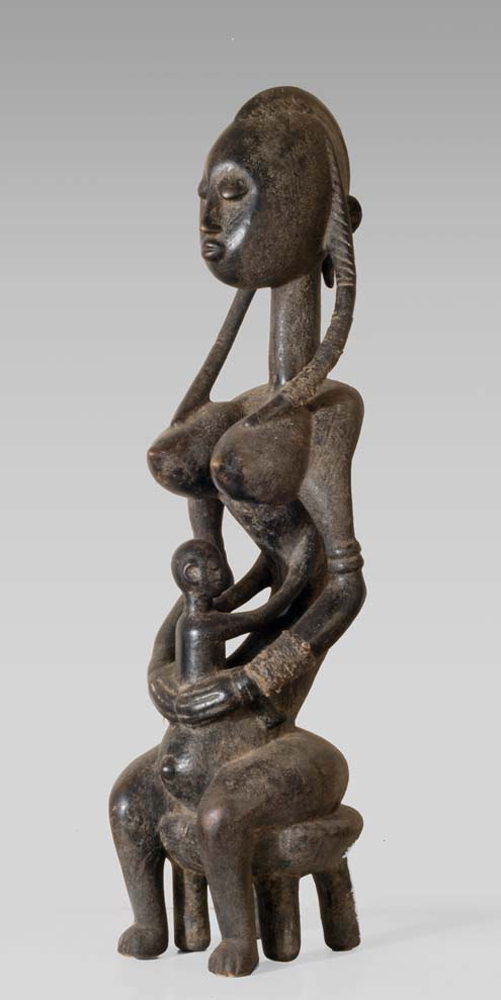|
A Dokamissa sculpture (not stolen, provided for little money) was offered me in an act of friendship a couple of days after we made the film about the ceremony. I hesitated to buy this sculpture, because I normally refuse all objects which are pictured on so called "field-photos" without any scientific value only motivated by the well know European Voyeurism. The film we made was probably the first documentation of this specific Bamana ceremony. But the consequence of these Photo-Safaris with hundred of carvers or fetishers is a serious attack to the spiritual life of indigen people. Either an invitation to steal these figures, because of its value on a specific Tribal Art market or an invitaion to Photo-Safaris into the last undiscovered parts of indigen people. This exemplare will go to a well known European Ethno Museum as a donation together with a video clip, which is unique. The publication of these noumerous "fieldphotos" however, which we see nowadays on Internet or in published books or the purchase of the related ritual objects, which have a KONTEXT to voyeurism,, should be called, what they are: A criminal activity similar like buying stolen objects from indigen tribes. The Dokamissa is the second woman after Muso Masa, a type of sculpture we collected several times and it was sacrfied in the Bamana film clip, we published recently. in the Saro region. According of the traditional Bamana law the first child of Muso Massa has to be given to Dokamissa - the second woman in the familial hierarchy of the women, if Dokamissa hasn´t at that moment no child, the first child of Muso Massa has always the name Sujulu Kuruma and the first cild of Sukulu Kuruma has always the name Sunjata Keita., which shows the Bamana society has much more named familial relations than we know. It would be a great challenge to find out the sociological reason for this particualarity, Height: 75 cm
|
 photo: tribalartforum.com/ identification no. |